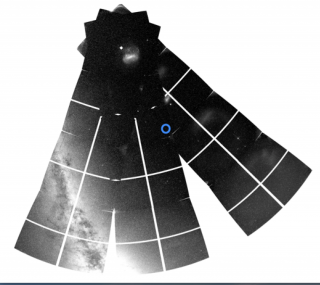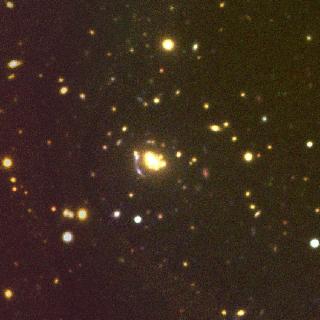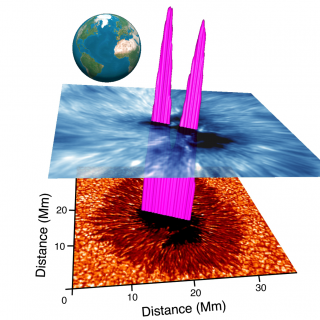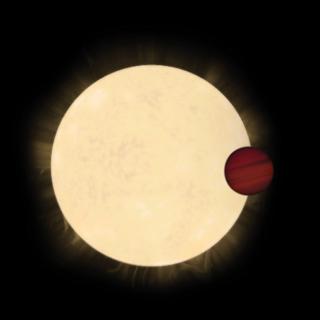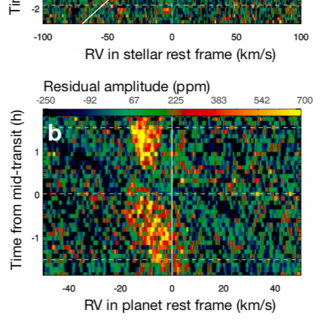
Ultrahot giant exoplanets receive thousands of times Earth’s insolation. Their high-temperature atmospheres (greater than 2,000 kelvin) are ideal laboratories for studying extreme planetary climates and chemistry. Daysides are predicted to be cloud-free, dominated by atomic species and much hotter than nightside. Atoms are expected to recombine into molecules over the nightside, resulting in different day and night chemistries. Although metallic elements and a large temperature contrast have been observed, no chemical gradient has been measured across the surface of such an exoplanet
Advertised on
